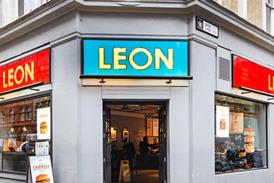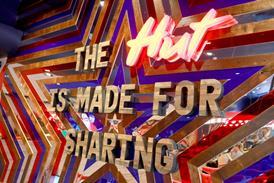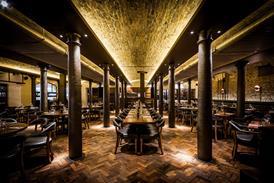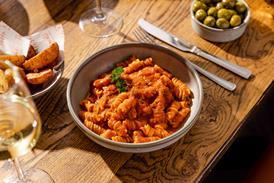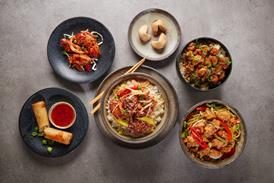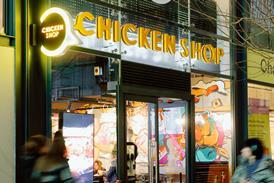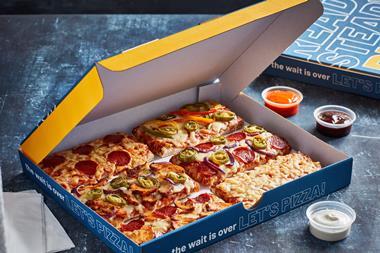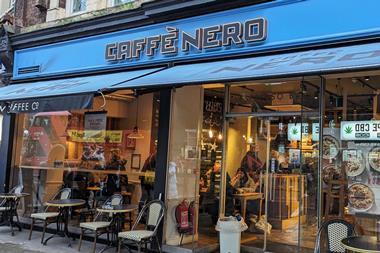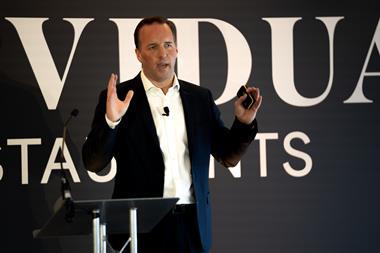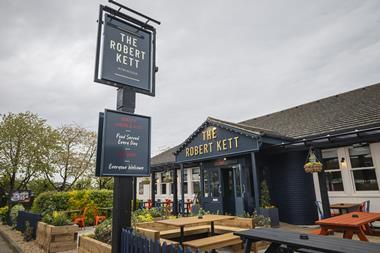The UK has seen an explosion of interest in eating out over the past few years but how long can this growth be sustained? With significant headwinds ahead, Nectar’s James Moir looks at how operators can stand out from the competition.
We’re eating out more than ever before, with research over the past few years showing continued increases in frequency of eating out and spend per head.
New formats are being launched and delivery systems are making restaurant access even easier. Meanwhile, consumer trends suggest a widespread shift towards spending on experiences, rather than material goods, which could prove to be a further boon to the industry.
Things have been good for restaurants in recent years. It’s mostly been a story of relentless growth. But trickier times could lie ahead.
Preparation is vital
According to research we carried out, a third of consumers plan to spend less on eating out in 2017. Consumer spending figures don’t look good either. While recent Office of National Statistics (ONS) data painted a positive picture of the hospitality industry, its overall message was stark. This was the worst quarterly spending performance since the mid-1990s.
Commentators reckon that higher inflation and the weak pound are finally starting to hit household spending, as retailers pass increasing costs on to shoppers. Economists suggested that after a surprisingly resilient response to the Brexit vote, a slowdown could be ahead.
So what does all this mean for the eating-out sector?
The received wisdom is that as people rein in spending, they will revert to what they know. Special restaurant trips will reduce as consumers treat themselves less. The restaurants that have established themselves in the routine, or sit firmly among the favourites, will feel less of an impact. As will those who clearly offer value.
Either way, given the boom in recent years, it could well be that the industry feels the impact less, but preparation is necessary.
Becoming part of the routine
While we enjoy these more positive days, becoming part of consumers’ routine now will serve restaurants well in the long term.
The focus on attracting new customers must continue, but equal attention should go towards engaging those diners you’ve already reached.
Do you have a compelling reason why they should come back? While you’re often only as good as your product, there are savvy ways to make sure customers do return.
The answer, as so often, lies in your ability to understand your diners. And that relies on crucial data capture.
Do you know what initially brought the diner to you? Do you know when they generally eat with you? Do you know what rewards they like?
A small, independent restaurant naturally knows this. A good restaurant manager and waiting staff will remember their regular diners, what they like to eat and drink, when they like to visit, perhaps even their birthday.
The restaurant, therefore, knows exactly how that customer likes to be treated, how they’ll respond to offers, or when they should receive a free drink for a special occasion.
Bigger restaurant chains don’t have the luxury of a personal relationship. Managers and waiting staff often have to deal with hundreds of diners each day. The high staff turnover also means that any knowledge built up is lost quickly.
Targeted offers
So data is key. It enables you to build a complete view of your diners, be they visiting your high-street outlets or getting food delivered to their sofa. And that means you can find ways to become part of their routine.
You’ll know the diner who’s just started eating with you on Thursdays. And so you know that a timely offer on their phone on a Thursday afternoon will work. Or you’ll know the customers that regularly bring their kids with them to your restaurant, so a discount for kids will help make your restaurant their preference over a competitor.
Restaurants face such intense competition that it’s often about standing out from the crowd. Being able to do this effectively can be a major differentiator. It also means you don’t need to rely on widespread deep discounting. You can be precise and more targeted with your offers.
Of course, an alternative is to take a short-cut by partnering with companies already firmly in the routine. If you know a supermarket or a travel company is a popular shop among customers, particularly those you’re trying to reach, a clever idea would be to partner your rewards with theirs, thus placing yourself in the routine.
Once you’re part of the routine, you can then target other areas, such as extra offers which may appeal to your customer.
Being part of the weekly calendar, or shortlist of most-loved restaurants, is a powerful place to be.
Value when the tough times hit
Regardless of the great work you do while its smooth sailing, the tougher times will be tricky.
The key is to show relevance and value. You may be part of a customer’s routine, but when they start tightening purse strings, you need to make sure you’re last on the list of costs to cull.
This is where rewards are crucial. This goes beyond the restaurant industry too. And it’s why you’ve seen a whole host of reward schemes and loyalty programmes launch in recent times, across a range of sectors.
Look at coffee shops. Last month, Caffè Nero launched an app to help reward its customers, in addition to its Nectar partnership. Just last week, Starbucks widened its Starbucks Rewards programme.
Loyalty has increased
Restaurants feeling the hit of higher costs with suppliers will inevitably have to pass on some increased prices, but they can still treat their customers to rewards and offers.
The recession taught us that when there’s a squeeze on spending, cost-saving tactics become entrenched in consumer behaviour. People shop on discount, rely even more on loyalty schemes, and they take active steps to spend less money.
But I don’t mean to be a complete harbinger of doom. There are reasons to be optimistic. According to our research, 28% of people place restaurants in their top three sectors to which they feel loyal. This was an increase on 22% the year before.
This suggests that restaurants have been making progress. They’ve become part of the routine. But they’ll need to make sure they’re not resting on their laurels and are continuing to provide value, if they’re to withstand the tougher times ahead.
■ James Moir is managing director of Nectar, the coalition loyalty programme that partners with restaurant and leisure partners including PizzaExpress and Just Eat


